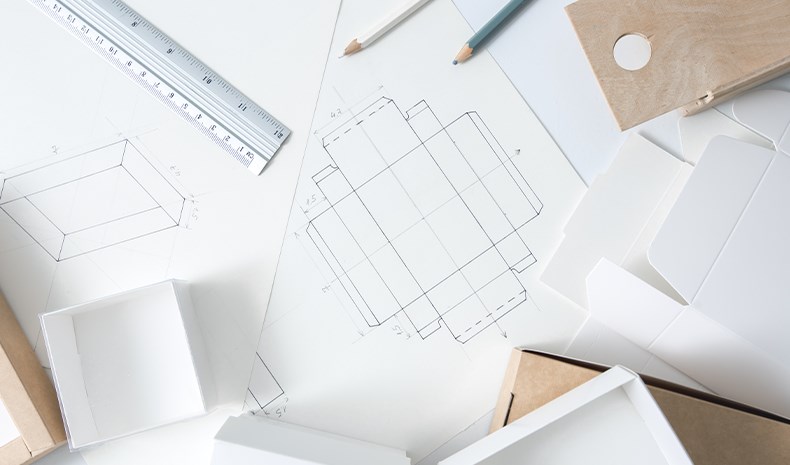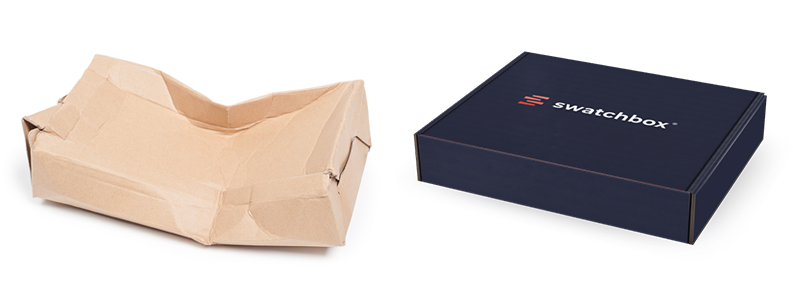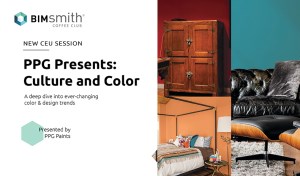If you're a building product manufacturer, you’ve invested a lot in your products – a lot of time and money, and a lot of yourself. When it comes time to choose packaging for your sample program, it's essential to make sure the outside reflects the quality of the product inside.
Many variables affect your packaging choices, but some elements can have a large effect on your customers’ perception of your business.
Durability and Quality
Cheap packaging makes customers think the product inside is cheap as well. You don’t want to give the appearance of undervaluing your products with low-quality packing or shipping materials.
Investing in good quality, durable packaging materials is a good investment in your product and your company. Customers can see and feel differences in quality even if the item arrives completely undamaged.
But what if it does not arrive undamaged? Most of us have experienced the disappointment of receiving a delivery with ripped, crumpled, or otherwise damaged packaging. It makes the contents of the order feel damaged as well.
In stores, damaged packages are almost always purchased last, even for well-known brands and items. In retail, if your packaging does not survive intact to the shelf, the product is unlikely to attract the eyes of a potential new customer.
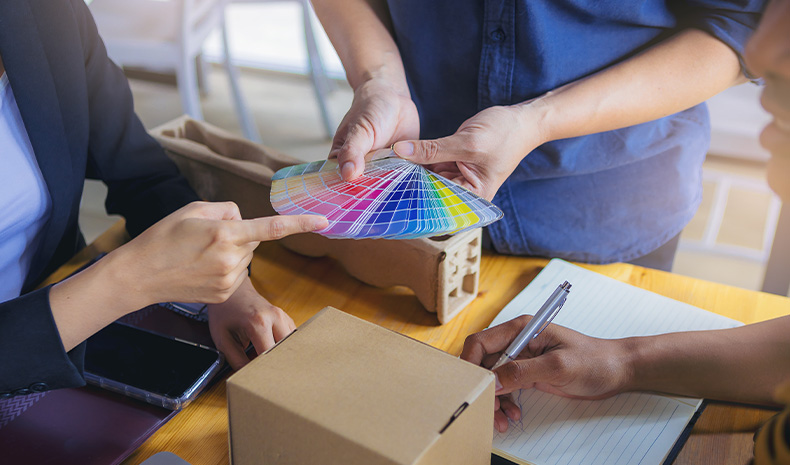
Color
Color is a crucial element in packaging design, just as it is in logo and label design. How do you decide what color is best for your product? The safest answer is that you don’t–you hire someone with training and experience to help you do the research.
You might want to begin with color psychology. That would tell you to use gold if you have a luxury product, blue if want to project honesty, or black if you want your product to be perceived as mysterious and elegant.
It would be great if choosing a color was as simple as looking at a table and picking which best represents your company or product. But the truth is that you have to factor in competitors’ colors, sift through the science behind color psychology, and most importantly decide exactly what it is that you want your packaging to convey.
Choosing the wrong colors in your packaging design could mean the product gathers dust rather than flying off the shelf. Make sure to lean on design professionals and their vast knowledge and experience to choose the right colors throughout the packaging design process.
Graphics
If you want your packaging to stand out, it will have to contain engaging graphics. However, a common mistake is including too much in a packaging design. Research shows shoppers generally take in about three elements, but most packaging contains seven or eight. To avoid this, pinpoint the top three selling points you want to highlight before starting your design. Remember less is more - especially if you're dealing with packaging for product samples. You don't want to design packaging that distracts the viewer from the product itself.
That means graphics need to do more with less. They also need to be legible, both pictures and text. Asking a customer to come closer to see a picture or read a label is inviting that customer to walk on by.
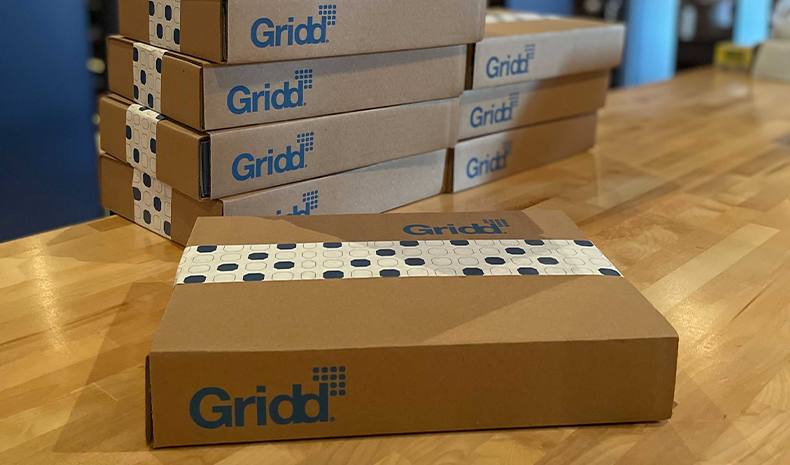
Shipping Box Type
It’s 2021; we’ve all seen thousands of Amazon boxes in the past year. We know that because they use custom boxes. A plain shipping box is a missed opportunity to connect with your customer. 40% of shoppers say they’re more likely to go back to a company that has premium packaging.
Custom shipping boxes are part of premium packaging. There’s a distinct emotional difference between seeing a plain cardboard box outside your door and seeing an attractive, recognizable box from a company whose product you’re anticipating.
Those custom shipping boxes are the very first step in our next element.
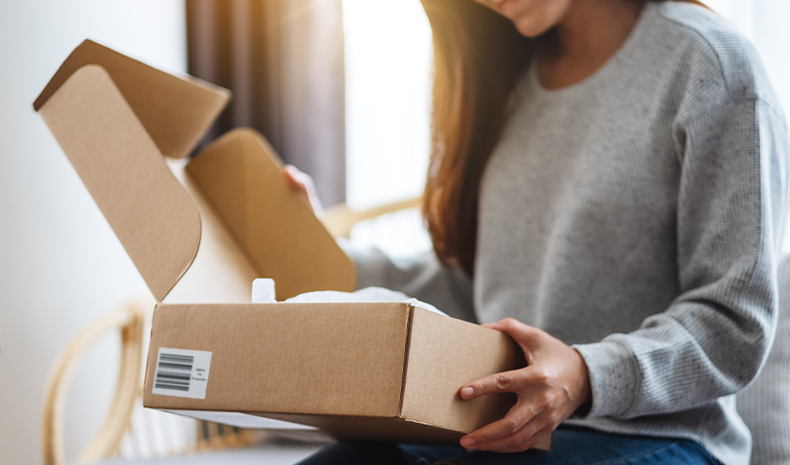
User Experience
At first glance, “user experience” may seem like a strange term to use when discussing packaging. Yet, it’s important to consider just how a customer is going to engage with your product.
Unboxing is the beginning of the user experience with a product. If the packaging is difficult to open, unattractive, wasteful, or insufficient, the customer’s perception of the product may be negatively affected before the product is ever touched.
Packaging that adds value to the product, feels luxurious, or enhances the experience of opening the product in any way improves user experience. Unboxing videos for electronics are a YouTube staple and they all begin with looking at the box and internal packaging.
Another benefit of high quality, engaging packaging is that it may facilitate social media exposure. If an item comes in a beautiful package, both the item and the package could find their way onto Instagram or Pinterest, leading to more eyes on your product at no additional cost.
Packaging needs to be intentional and well-executed in order for it to effectively promote your products and company. It’s worth the time and energy it takes to do it well.
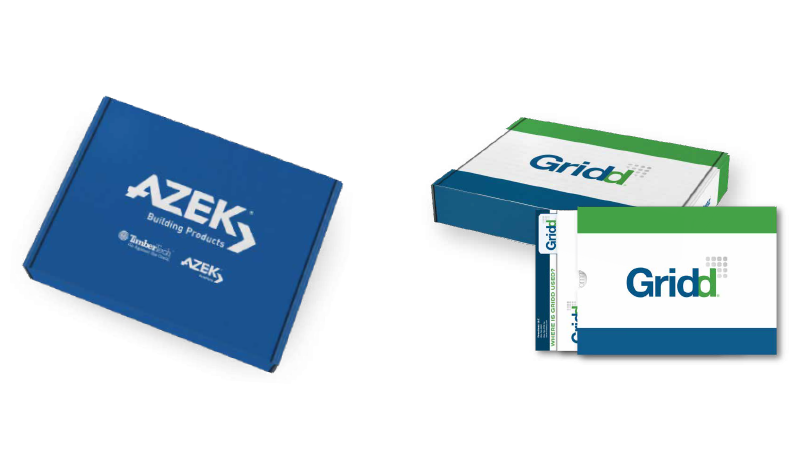
Custom Packaging for Samples
These 5 elements that make up successful packaging design also apply to custom packaging for a strong sample program. If you're evaluating the pros and cons of custom sample packaging for your product samples, Swatchbox can help. We regularly handle every part of brands' sample strategies, starting with the package design process. Our pros help your sample program come to life using their expertise in packaging durability, color, graphics, box type, and user experience. If this seems to fit a need for your brand, we'd love for you to reach out and start the conversation.
--
Rachel Kuchle
 Swatchbox is a premier sample fulfillment service for building product manufacturers. With proprietary software designed by insiders of the design community, Swatchbox helps manufacturers improve product sales and brand affinity by delivering material samples to the design community with speed, intelligence, and style. Learn more and join Swatchbox at www.swatchbox.com.
Swatchbox is a premier sample fulfillment service for building product manufacturers. With proprietary software designed by insiders of the design community, Swatchbox helps manufacturers improve product sales and brand affinity by delivering material samples to the design community with speed, intelligence, and style. Learn more and join Swatchbox at www.swatchbox.com.



